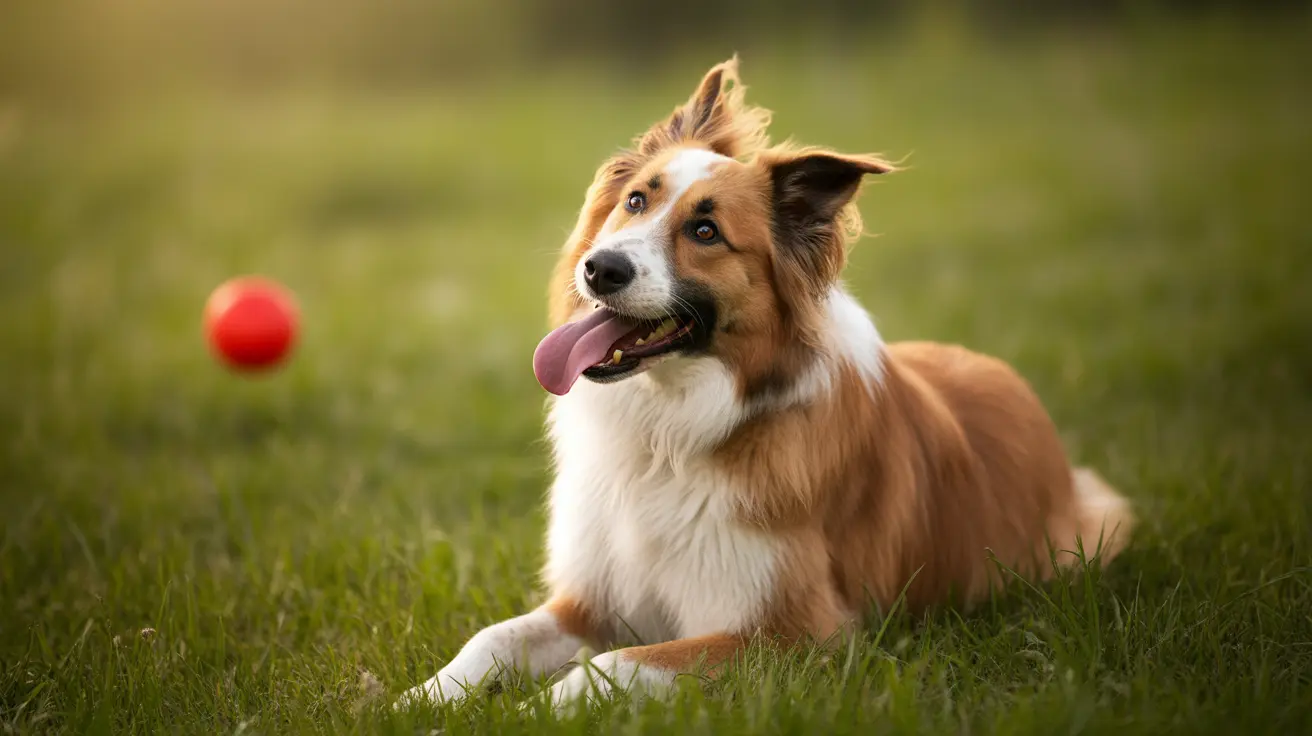How to Easily Teach Your Dog to Sit: A Step-by-Step Guide
Teaching a dog to sit is one of the most fundamental and valuable skills in obedience training. It sets the foundation for advanced commands, helps manage behavior, and ensures safety during walks and greetings. Here's a comprehensive guide on how to teach your dog to sit, using effective, humane techniques.
1. Start with the Lure and Reward Method
- Position your dog: Begin with your dog in a standing position in a calm, distraction-free environment.
- Use a treat: Hold a small, tasty treat close to your dog’s nose.
- Move your hand: Slowly move the treat upward and back over your dog’s head. Their gaze will follow the treat, and their rear will naturally lower.
- Mark and reward: The moment their bottom touches the floor, say “yes” or use a clicker, then give the treat.
- Repeat: Practice this in short, regular sessions—about 5 mins, several times per day.
2. Introduce the Verbal Cue
- Once your dog follows the lure reliably, add the word “sit” just before the behavior happens.
- Pair the cue with a hand gesture. Over time, phase out the lure and rely on the verbal or visual command.
3. Use a Release Word
- Teach your dog a release word like “okay” to prevent breaking the sit prematurely.
- This clarifies when the exercise ends and increases focus.
4. Build the 3 Ds: Duration, Distance, Distraction
- Duration: Gradually increase how long your dog holds the sit before releasing.
- Distance: Step away while your dog holds the sit, then step back and reward.
- Distraction: Add minor distractions like sounds or movement, slowly increasing complexity as your dog maintains compliance.
5. Capturing and Shaping
- Capture: When your dog sits on their own, mark and reward the behavior to reinforce it.
- Shape: Guide your dog from other positions, like lying down, into a sit by rewarding small progress steps.
6. Practice Consistently in a Variety of Places
- Generalization is key. Practice the “sit” command in different locations, with different people, and at different times of day.
- Reinforce random sits during daily routines, such as before meals or leashing up.
7. Avoid Common Mistakes
- Don’t push your dog's back: This can cause resistance or discomfort.
- Adapt training: Dogs vary in learning styles. Use smell, movement, or touch-based cues as needed.
- Don’t label dogs as stubborn: If a dog doesn’t respond, they may need more clarity or time to learn.
8. Alternatives to Food Lures
- Games: Use play as a motivator during training sessions.
- Crate training: Leverage structured routines to reinforce commands like sit.
- Shaping with targeting: Use a target stick to guide behavior in place of food.
- Free-shaping: Wait for the behavior naturally, then name and reward it.
9. Benefits of Teaching 'Sit'
- Improves safety: Dogs that sit on command stay calm at curbs or doorways.
- Controls impulsive behavior: Sitting prevents jumping on guests or darting out the door.
- Enhances communication: Establishes trust and understanding between dog and handler.
- Builds training momentum: Sit is a gateway command to reinforce advanced behaviors like stay or down.
10. Keep It Positive and Fun
- Use praise, treats, and games to keep sessions enjoyable.
- End each session on a success, even if it means revisiting an easier step.
Teaching your dog to sit doesn’t just create a well-mannered companion—it also enriches your bond and prepares both of you for more advanced, reliable training success in all facets of life.





